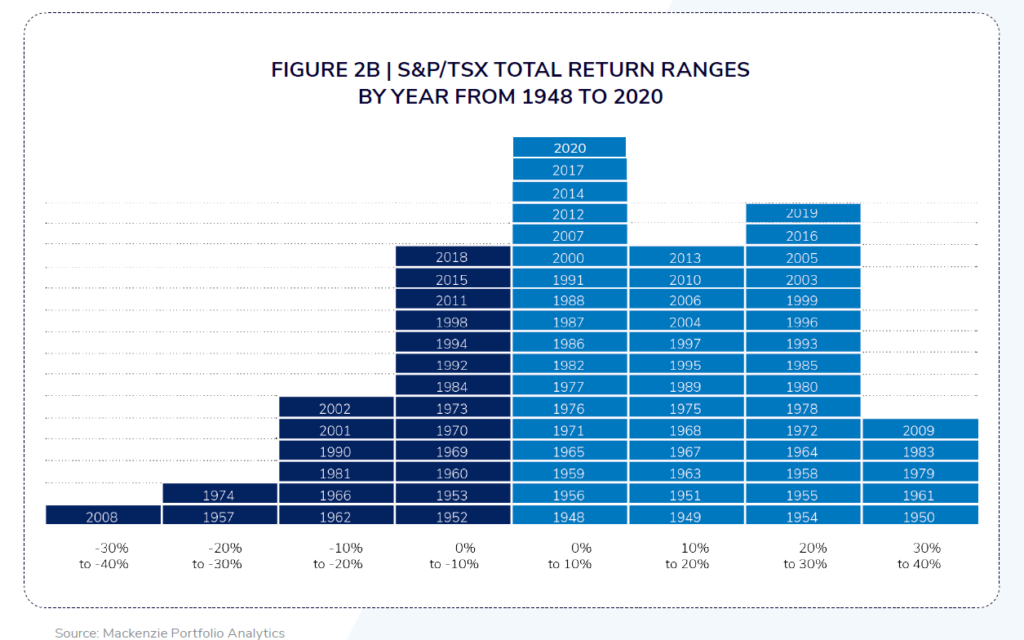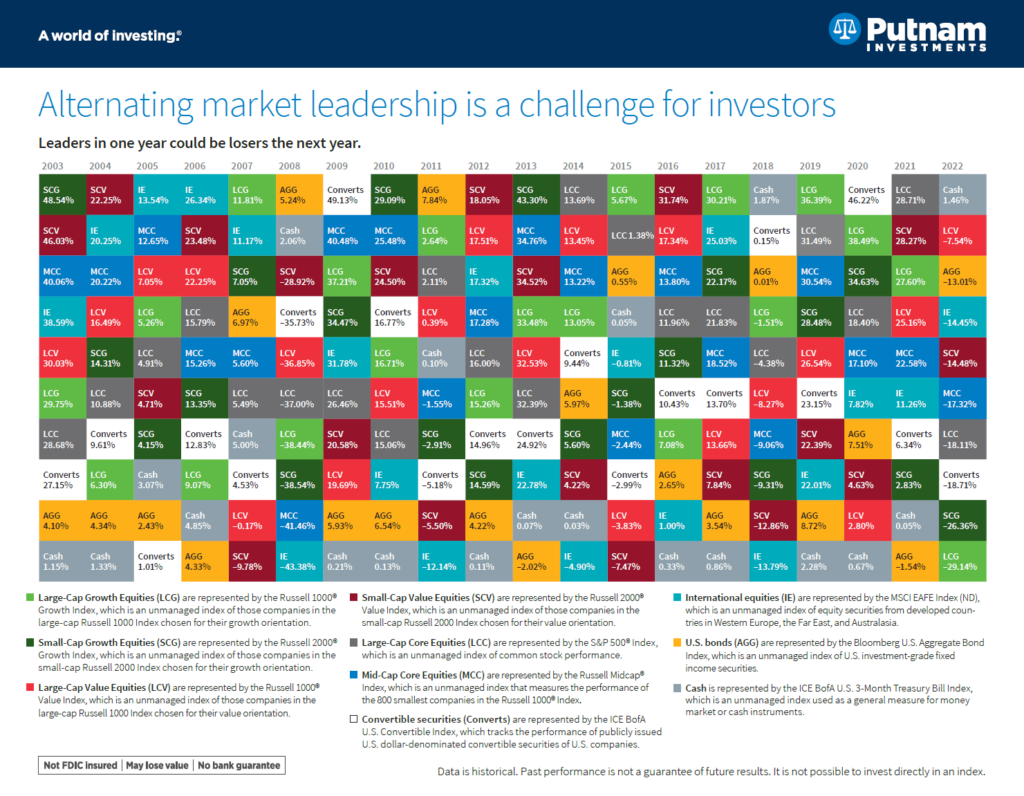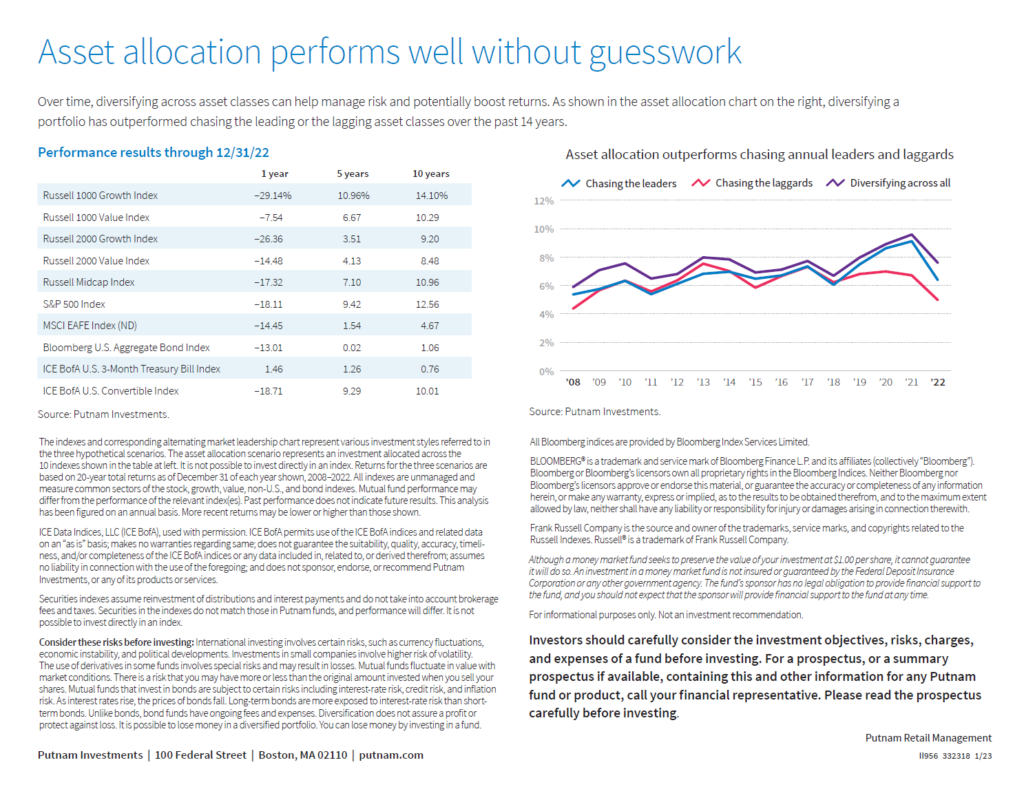Investing in equities seems like a unwise decision these days due to a variety of reasons. Buying foreign stocks sounds even more imprudent with US equities performing very well so far this year. An investor looking to put money to work, can easily earn over 5% simply by buying a 1-year CD. Or to earn higher returns they can invest in an S&P 500 index fund. However in order to earn higher returns and diversification purposes it is critical to consider overseas equities also. Compared to the traditional low dividend yield of 2% for the S&P 500, investors looking to expand their horizon can earn higher income from going abroad. In addition to higher dividend yield, there is also the potential for price appreciation.
Five foreign stocks that have dividend yields of over 5% are listed below for further research and considering for potential investment:
1.Company: National Grid PLC (NGG)
Current Dividend Yield: 5.43%
Foreign Dividend Withholding Tax Rate: 0%
Sector: Multi-Utilities
Country: UK
2.Company: Bancolombia SA (CIB)
Current Dividend Yield: 10.63%
Foreign Dividend Withholding Tax Rate: 0%
Sector: Banking
Country: Colombia
3.Company: Statoil ASA (STO)
Current Dividend Yield: 11.33%
Foreign Dividend Withholding Tax Rate: 25%
Sector: Oil
Country: Norway
4.Company: Banco de Chile (BCH)
Current Dividend Yield: 16.51%
Foreign Dividend Withholding Tax Rate: 35%
Sector: Banking
Country: Chile
5.Company: ING Groep NV (ING)
Current Dividend Yield: 6.30%
Foreign Dividend Withholding Tax Rate: 15%
Sector: Banking
Country: The Netherlands
Notes:
a. Foreign Dividend Withholding Taxes will reduce the effective Dividend Yields shown above.
b. Dividend yields noted above are as of Aug 28, 2023. Data is known to be accurate from sources used. Please use your own due diligence before making any investment decisions.
Disclosure: Long CIB, ING and BCH


